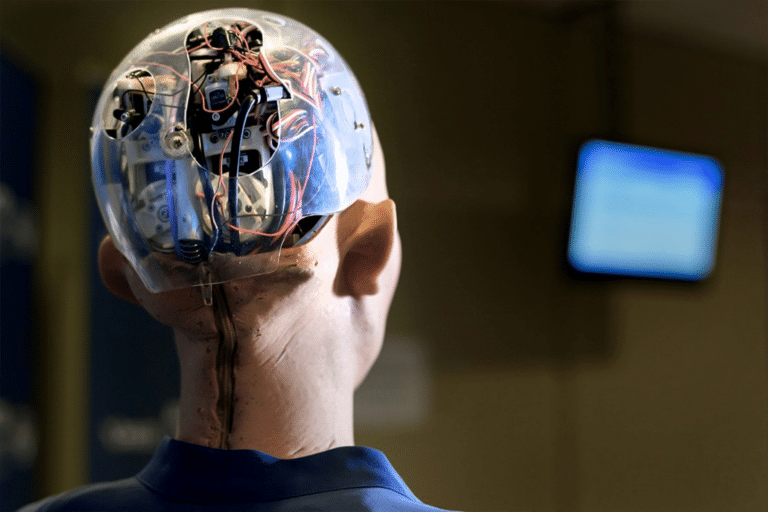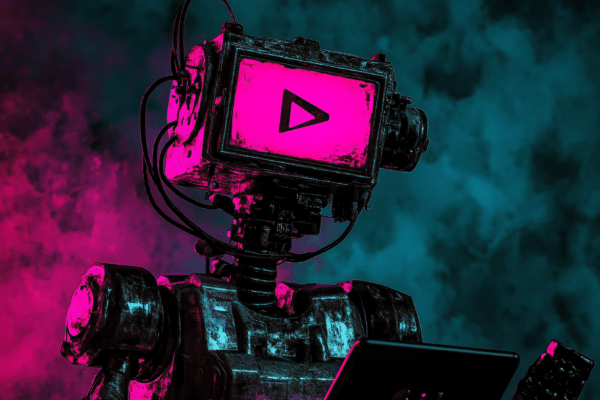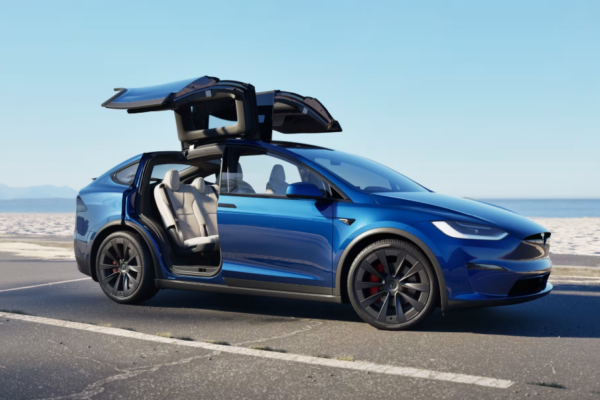Human-like robots, once the stars of science fiction, are becoming increasingly close to everyday reality thanks to the rise of artificial intelligence. While the AI sector is expected to reach a value of $13.8 billion by 2028, there is still a long way to go before we see humanoid robots walking the streets or replacing employees. In 2024, these robots have made significant advancements, with improved capabilities in mobility, computer vision, and natural language processing, allowing them to interact with their environment and perform complex tasks with dexterity.
Furthermore, the key role of AI has driven the development of robotic capabilities related to reasoning, image processing, and environmental perception. At Neosmart Insights, we have observed the capabilities of these androids, highlighting the most advanced ones. Some of them are already venturing into what is known as the "uncanny valley."
Optimus (Tesla)
Optimus, developed by Tesla under the leadership of Elon Musk, is a humanoid robot designed to revolutionize both domestic and industrial tasks. Equipped with 40 electromechanical joints and advanced cameras to analyze its environment, Optimus offers exceptional mobility and environmental perception capabilities. This robot is a key part of Tesla's strategy to integrate advanced automation across various sectors, from logistics to manufacturing. Optimus is expected to be available for internal use in 2024 and commercially in 2026, promising to transform the way we interact with technology.
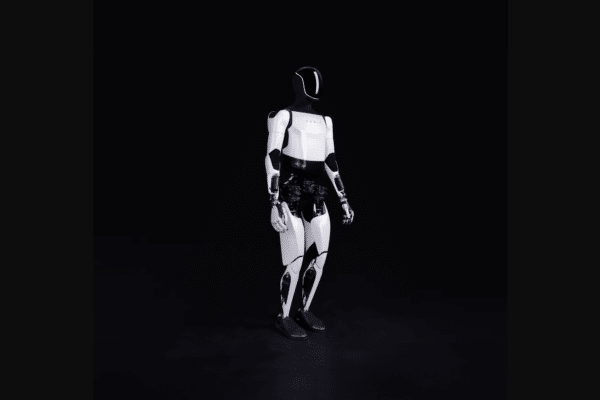
Apollo (Apptronik)
Apollo, developed by Apptronik in collaboration with NASA, is a humanoid robot designed for hazardous environments, such as space missions. This bipedal robot features a robust structure and advanced navigation and manipulation capabilities, allowing it to perform complex tasks in extreme conditions. Apollo is designed to adapt to human environments, making it a versatile tool for exploring and working in areas that would be inaccessible or dangerous for humans.
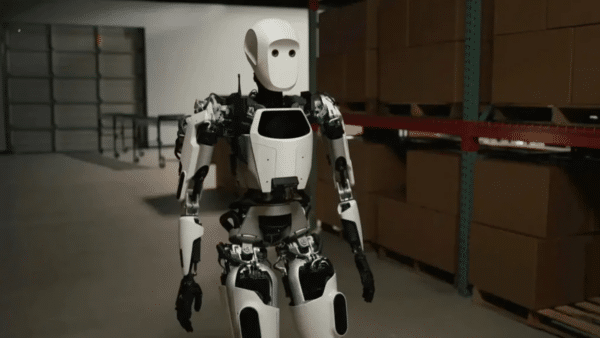
Valkyrie (NASA)
Valkyrie, developed by NASA, is a humanoid robot designed to perform tasks in extremely hazardous environments, such as outer space missions. Equipped with a robust structure and advanced sensors, Valkyrie can handle complex tasks requiring high precision and resilience. This robot is continually being developed, in collaboration with the University of Edinburgh, to enhance its autonomous capabilities and efficiency in various critical applications, such as space exploration and emergency assistance. This impressive android is envisioned for future use in tasks on inhospitable locations like the moon.
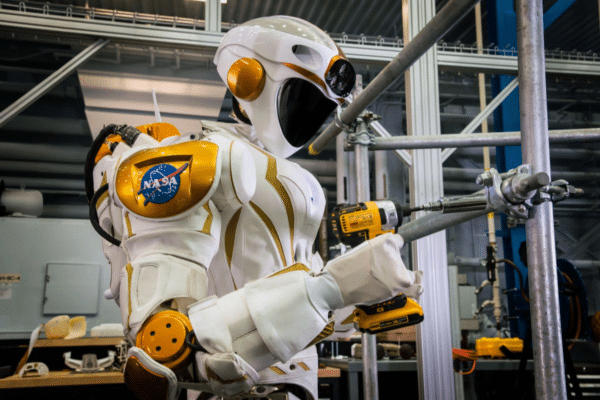
Ameca (Engineered Arts)
Ameca, created by Engineered Arts, is a humanoid robot known for its ability to interact naturally with humans. Equipped with an advanced artificial intelligence system, Ameca can generate complex responses and engage in simulated interactions using language models like GPT-3. This robot is designed to explore and demonstrate AI capabilities in a humanoid form, offering a platform for researching and developing technologies that promote more natural interactions between humans and machines.
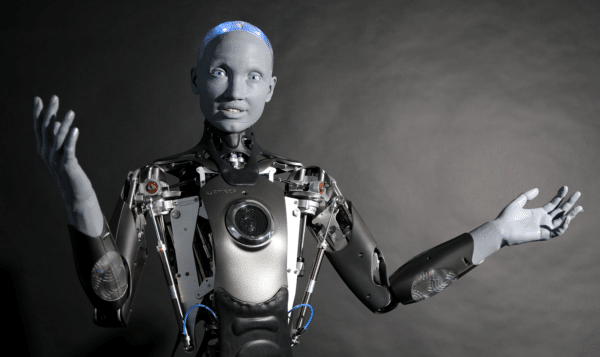
Digit (Agility Robotics)
Digit, developed by Agility Robotics, is a humanoid robot designed to interact effectively in human environments, such as warehouses and distribution centers. This robot can walk, climb stairs, and manipulate objects with great precision, thanks to its agile structure and advanced manipulation technology. Digit has been tested in collaboration with companies like Amazon, demonstrating its potential to improve efficiency in logistics and material handling tasks. Its robust design and adaptive capabilities make it a versatile tool for various industrial applications.
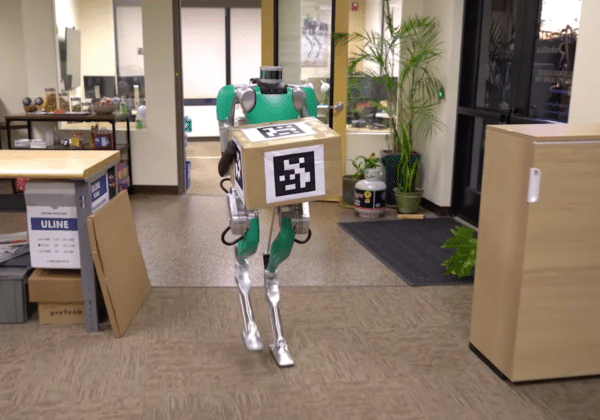
Sophia (Hanson Robotics)
Sophia, developed by Hanson Robotics, is one of the most famous and advanced humanoid robots in the world. Since her debut in 2016, Sophia has gained viral notoriety due to her realistic appearance and social interaction capabilities, mimicking human facial expressions and engaging in complex conversations. She has been invited to television programs, including an appearance on "The Tonight Show Starring Jimmy Fallon," and has graced the cover of magazines such as ELLE Brazil. Sophia is known for her role as "Innovation Ambassador" for the United Nations Development Programme in Asia and the Pacific, and for being the first robot to receive citizenship in Saudi Arabia.
Sophia uses advanced artificial intelligence to perform tasks such as facial recognition, conversation tracking, and generating responses through a programmed decision system. Additionally, she has demonstrated the ability to create drawings, including self-portraits that have been sold for significant amounts at auctions. This robot not only represents a technical advancement in robotics but has also sparked debates about the future of artificial intelligence and robot rights.
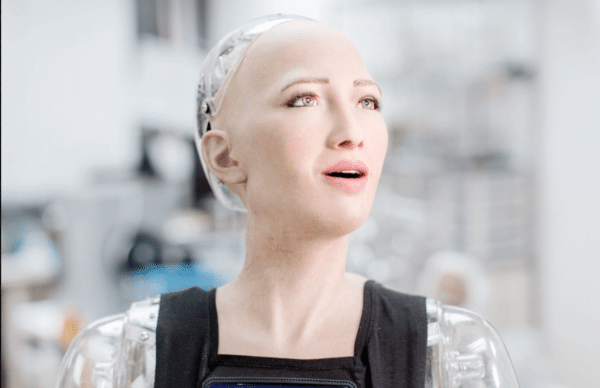
Atlas (Boston Dynamics)
Atlas, developed by Boston Dynamics, is a humanoid robot known for its impressive mobility and agility. This robot is capable of performing a wide range of movements, from jumps and flips to complex parkour maneuvers. Equipped with advanced sensors, such as RGB cameras and depth sensors, Atlas can navigate uneven terrain, identify and manipulate objects, and perform dynamic mobility tasks with surprising precision.
Atlas is designed with a focus on advanced mobility and object manipulation, allowing it to adapt to challenging environments, both indoors and outdoors. It is powered by an electric system and hydraulic actuators, providing it with great strength and stability. Additionally, Atlas can perform tasks such as opening doors, climbing structures, and handling tools, making it a valuable tool for rescue applications and industrial operations.
Its ability to execute fluid and complex movements, such as precise jumps and complete flips, has made Atlas one of the most prominent and versatile robots in the field of humanoid robotics.
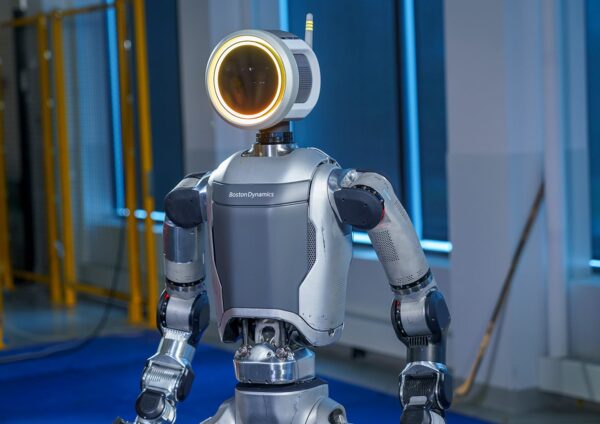
The advances in humanoid robotics have reached impressive levels in 2024, demonstrating remarkable capabilities in mobility, interaction, and manipulation. These developments not only bring science fiction closer to reality but also open up new possibilities for integrating robots into everyday and industrial tasks. As technology continues to advance, we are likely to see significant growth in the adoption of humanoid robots across various sectors.
